Advertisement
The insurance business has long depended on statistics and risk analysis to guide policies, pricing, and claims. Insurance firms are looking to artificial intelligence (AI) and machine learning (ML) more and more as technology develops to expedite these procedures. Automated machine learning (AutoML) is transforming artificial intelligence (AI) accessibility and efficiency for insurance providers.
AutoML lets companies create and use machine learning models without requiring extensive technology knowledge. This opening has led to more accurate forecasts, quicker claim processing, and improved customer service. Adopting AutoML will enable businesses to keep ahead of the highly competitive insurance scene. This guide will discuss how AutoML is changing the insurance sector, its advantages, and the difficulties businesses have implementing this technology.

Automated machine learning, or auto-ML, is the process of end-to-end machine learning workflow automation. It usually covers specialist knowledge-requiring activities, including designing, training, and deploying machine learning models. Automating these tasks helps AutoML make artificial intelligence more affordable and effective—even for non-experts. It enables customers to employ artificial intelligence solutions without sophisticated technical understanding, therefore simplifying challenging activities. AutoML can also revolutionize the insurance sector.
Predictive models for pricing, underwriting, fraud detection, and customer service help insurance companies automate tasks. It allows them to quickly assess risks, detect potential fraud, and improve customer interactions. AutoML also makes faster decisions and more accurate forecasts possible. Improving general operating efficiency results in notable time and financial savings. AutoML is thereby changing the way insurance firms use data and artificial intelligence to simplify processes and enhance consumer encounters.
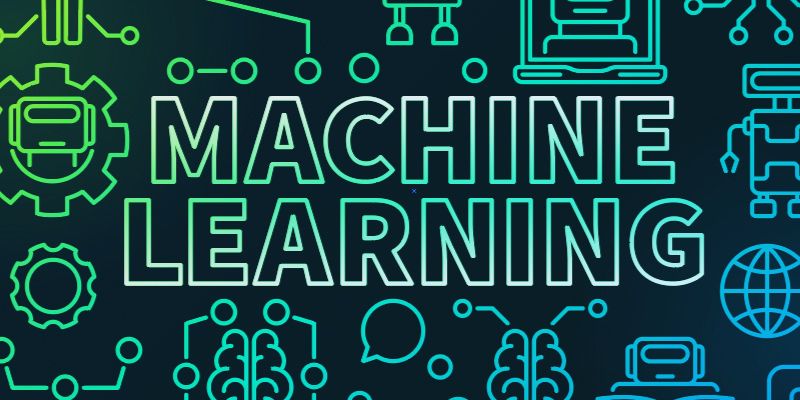
Below are the key benefits of Automated Machine Learning (AutoML) for the insurance industry, highlighting its impact on efficiency and accuracy.
Below are the key applications of Automated Machine Learning (AutoML) in insurance, showcasing its transformative impact on various processes.
Although Automated Machine Learning (AutoML) has several advantages, insurance companies find its adoption difficult. Data quality is the main obstacle here. To provide consistent forecasts, machine learning models depend on accurate, full, objective data. Faulty or obsolete data can lead to inaccurate outcomes. Thus, the success of AutoML projects in the insurance industry depends on guarantees of accurate and current data.
Including AutoML into current systems presents still another difficulty. Many insurance firms still run with legacy systems that might not fit contemporary artificial intelligence technologies. That can make it challenging to integrate AutoML into their current procedures smoothly. Many times, insurance businesses could have to commit time and money to modernize their infrastructure. Particularly for businesses with complicated, antiquated systems, these improvements can be expensive and time-consuming.
In conclusion, by raising efficiency, accuracy, and client happiness, Automated Machine Learning (AutoML) is transforming the insurance sector. Faster model deployment, cost savings, and scalability are just a few of the major advantages it provides; these help insurance firms make data-driven decisions easier. However, issues such as data integrity and incorporating AutoML into current systems are still unresolved. Unlocking the whole potential of AutoML in insurance depends on overcoming these challenges. AutoML will keep changing how insurance firms run as technology develops, helping them to remain competitive and offer their clients better services.
Advertisement
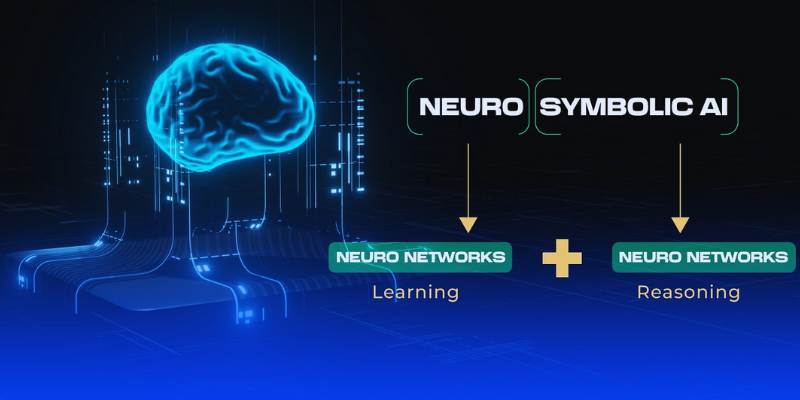
Neuro-symbolic AI blends neural learning and symbolic reasoning to create smarter, adaptable systems for a more efficient future

Perplexity AI is an AI-powered search tool that gives clear, smart answers instead of just links. Here’s why it might be better than Google for your everyday questions

Compare GPUs, TPUs, and NPUs to find the best processors for ML, AI hardware for deep learning, and real-time AI inference chips

Discover how to turn simple data into eye-catching 3D pie charts. This guide shows you easy steps, smart design tips, and when to use 3D for maximum impact

Discover how AI in the NOC is transforming network operations with smarter monitoring, automation, and stronger security

Explore edge computing in autonomous vehicles and real-time data in coffee shops powering smart edge technology applications
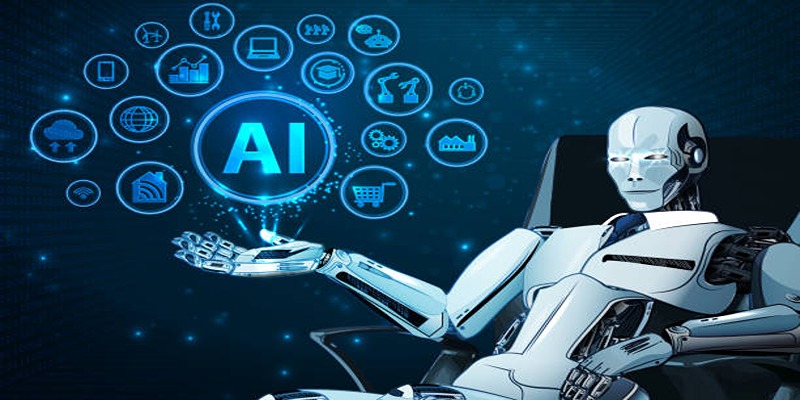
Explore how deep learning transforms industries with innovation and problem-solving power.
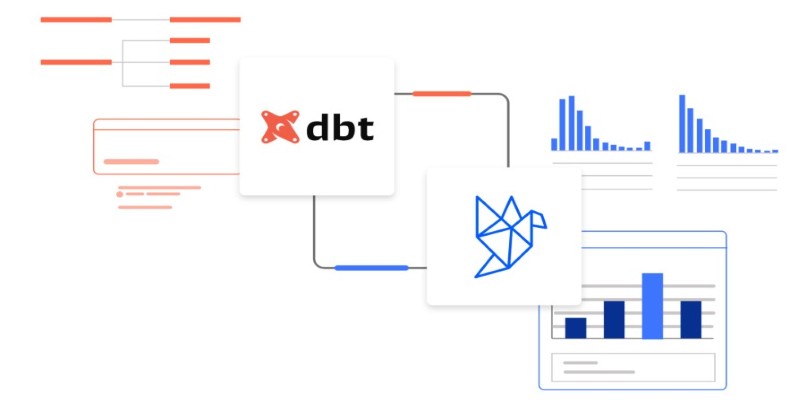
Frustrated with messy data workflows? Learn how dbt brings structure, testing, and version control to your data pipeline without adding extra complexity

Discover how AI, NLP, and voice tech are transforming chatbots into smarter, personalized, and trusted everyday partners

Looking for the best open-source AI image generators in 2025? From Stable Diffusion to DeepFloyd IF, discover 5 free tools that turn text into stunning images

Learn how Automated Machine Learning is transforming the insurance industry with improved efficiency, accuracy, and cost savings
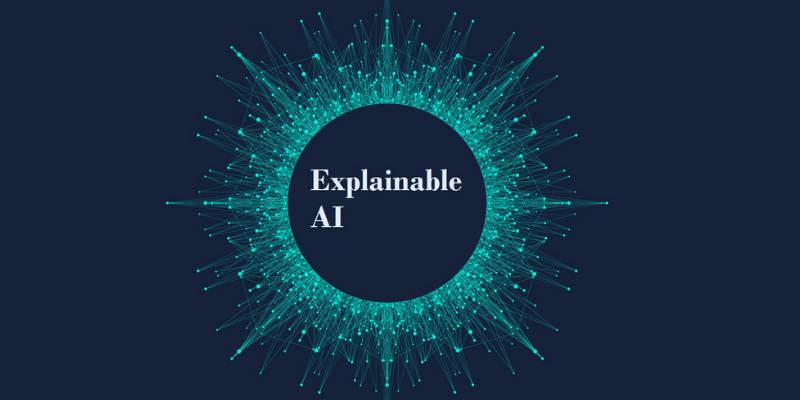
Know explainable AI techniques like LIME, SHAP, PDPs, and attention mechanisms to enhance transparency in machine learning models